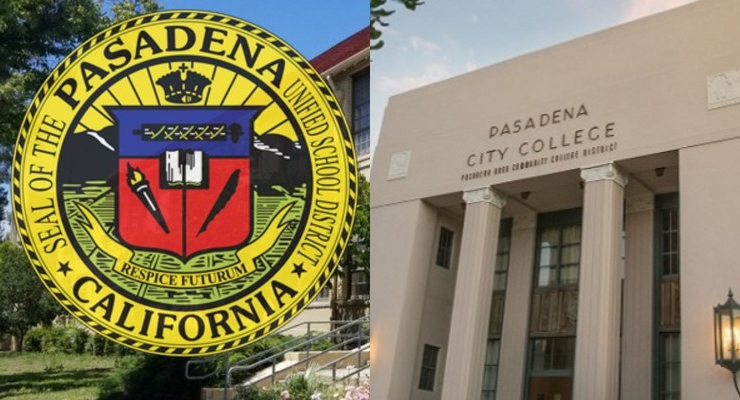 Pasadena Water and Power officials presented a plan Tuesday to raise water rates to make up for the $6 million annually it is losing because city residents are conserving water in the face of the state’s drought.
Pasadena Water and Power officials presented a plan Tuesday to raise water rates to make up for the $6 million annually it is losing because city residents are conserving water in the face of the state’s drought.
Governor Jerry Brown mandated that the City of Pasadena reduce water usage by 28 percent. The City responded with a number of programs and outreach efforts that have already resulted in a 24 percent decrease of water consumption.
Pasadena Water and Power presented their initial plan to the Municipal Services Committee that would change the water rate structure by July of 2016, the most significant change being to charge a fixed rate for each customer type rather than basing the charge on the amount of water used per customer since water usage has decreased.
“We are clearly operating in a very constrained environment,” Pasadena Water and Power representative Shari Thomas said. “It’s going to impact the smallest user the most.”
Thomas said the focus going forward would be on the single family and multi family residential units, which consume 70 percent of the water, and how to charge based on the size of the water connection that is usually less than one inch. Larger connections would be charged more.
“The little homeowner with the small lot, is going to say, ‘I’m working hard and I don’t use that much water and you’re going to slam me with these new fixed charges. So my reward for working hard at water conservation is to have a huge percentage increase, not necessarily number increase, in my bill,’” Mayor Terry Tornek said.
Tornek asked about how many rate increases had been enforced in the last three years and said he “lacked enthusiasm” for multiple rate increases because it could confuse further residents.
Pasadena resident Ken Kules would like to see the current rate system be revised to make it more equitable for residential users.
“To me the issue is who do you collect from and at what rate. If they had a system that was designed to be fair to the residents then you apply those fairness rules and the cost is what it is,” Kules said. “My assessment is that the current rate system doesn’t do that.”
Some of the suggested rate structures include allotting a certain amount of water per person and establishing a penalty fee for excessive water usage.
“To fundamentally change the structure,” Committee Chair Margaret McAustin said, “It’s going to be messy and take a long time. You have to really be confident in how long you think it will take to get there.”
Pasadena Water and Power is currently studying the 1000 residents who are at the high end of the water usage spectrum to find out who they are and how they are using the vast volumes of water about 44,880 gallons of water per billing cycle.
Fifty percent of residents are using 7480 gallons per month or less, staying within the benchmark of about 55 gallons per person per day.
“On the operating side, it takes the same number of everything whether or not we reduce water consumption. There is very little to do to reduce the fixed costs, the same number of meters must be read, same number of customers, the pumping of the ground water and operations,” Thomas said. “With the 28 percent reduction in usage, that’s hard to absorb.”
A state law mandates that the pay structure cannot outweigh the actual operating and service costs.
Just after the talk about the necessary rate increase, the committee received an update on water conservation.
The city has been stuck at reducing water usage by 24 percent for several weeks. The plan to make up the difference is to go to Saturday only watering in winter and increase enforcement, as well as the proposed pay rate increase.
Although enforcement has only been during the day this far, PWP plans to begin nighttime enforcement and will issue immediate violation notices if water misusage is discovered.
Anyone involved in the multi-family retrofit program will be fined in November if compliance papers have not been submitted. Only four percent of people in the program have complied so far.
More than 100 people will learn how to implement greywater systems into their home at a symposium being held at Lake Avenue Church on Saturday.
“People are getting it, I’m seeing more people with plastic on their yards, it’s really obvious,” Tornek said.














 0 comments
0 comments


